Menopause is a natural event in a woman’s life it occurs around the age of 52, but can happen earlier if surgically induced by removal of the ovaries. Pre-ovarian failure can occur at a much younger age, and is important to identify and treat. Menopause is normally associated with cessation of menstrual periods, but the
Bio-identical oestrogen has many benefits for long term health in post -menopausal women. The obvious reduction of hot flushes and night sweats together with better sleep at the beginning and during the menopause, as well as less anxiety and low mood. The oestrogen has to be balanced by the correct amount of natural progesterone. Bio-identical
Testosterone levels may decline before, during and after the menopause in women. Testosterone has several functions. Testosterone increases energy levels as well as sex drive and testosterone is responsible for increasing and maintaining bone mass and muscle strength. Testosterone in post-menopausal women, combined with oestrogen, is an important way of increasing vaginal epithelium thickness, which
Dehydroepiandrosterone (DHEA) is produced in the Adrenal gland, gonads and the brain. The steroid hormone acts as an intermediate hormone in the biosynthesis of androgen and oestrogen hormones. DHEA also acts as a neurosteroid, and has been observed to improve memory in middle aged and older adults, ref. Grimley Evans, J; Malouf, R; Oct 18,
Natural progesterone is an important hormone throughout a woman’s life, during the pre-menopausal cycle, progesterone increases in quantity from day 14 of the menstrual cycle, and primes the endometrium to be shed.Many young women have an imbalance between oestrogen and progesterone, which can present as a deficiency of either of the above but sometimes also
 Ελληνικα
Ελληνικα  English
English 




